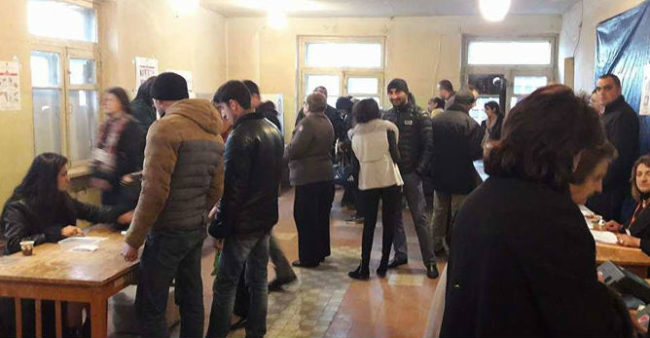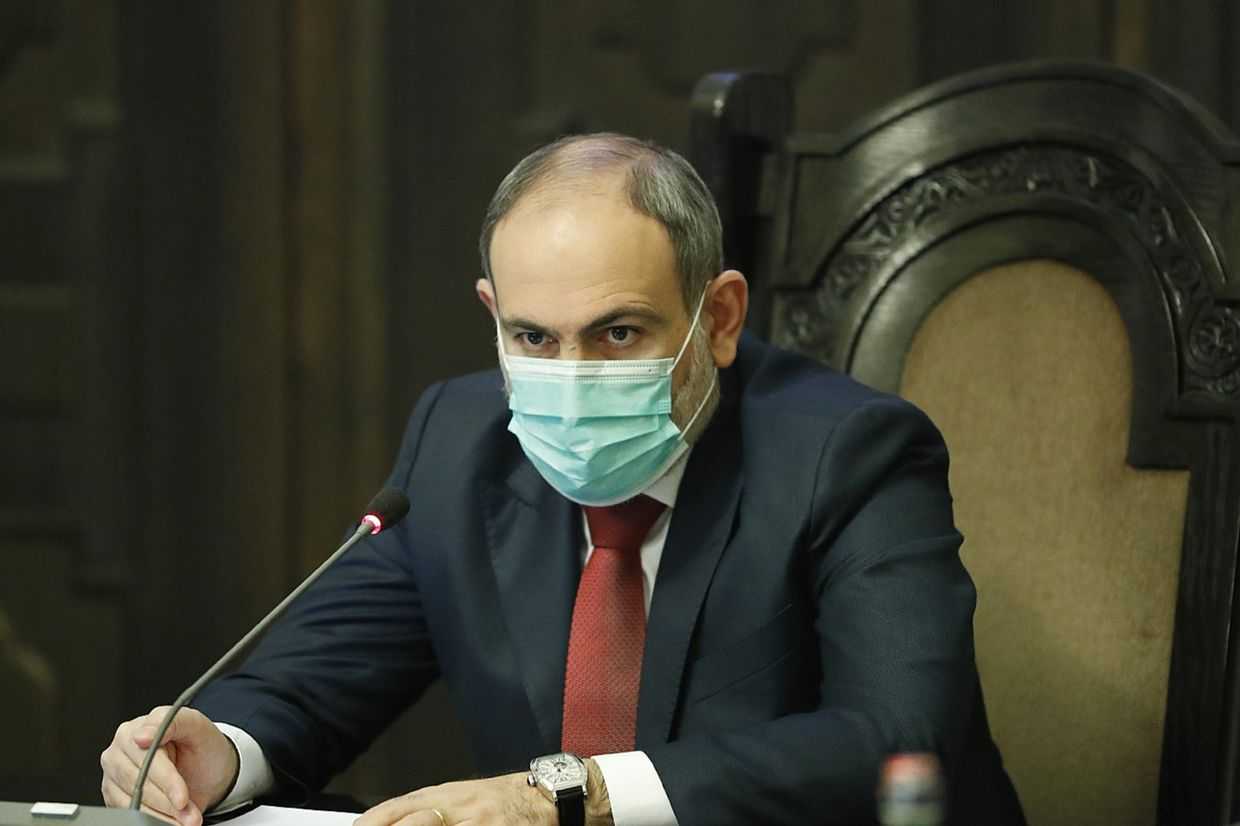

 According to preliminary results from Armenia’s parliamentary elections, the ruling Republican Party (HHK) has won, with 49% of votes. The Tsarukyan Bloc came a distant second, with 27%. The Yelk Alliance with 8% and the Armenian Revolutionary Federation (Dashnaktsutyun), with 7%, also passed the threshold to make it into the parliament.
According to preliminary results from Armenia’s parliamentary elections, the ruling Republican Party (HHK) has won, with 49% of votes. The Tsarukyan Bloc came a distant second, with 27%. The Yelk Alliance with 8% and the Armenian Revolutionary Federation (Dashnaktsutyun), with 7%, also passed the threshold to make it into the parliament.
Read our pre-election analysis of the elections: Elections in Armenia: business as usual?
By 14:00 on 3 April, Armenia’s Central Election Commission (CEC) had counted votes from all 2009 polling stations throughout the country. Around 1.6 million Armenians took part in the 2 April vote, a turnout of 60%. The final result will be published on 9 April.
The new Armenian parliament will most likely give the ruling Republicans a majority of 55 seats, the Tsarukyan Bloc 30 seats, and the opposition Yelk and Dashnaktsutyun 9 and 7 seats respectively. The National Assembly of Armenia will consist of 101 members of parliament, after constitutional changes in 2015.
Five other political parties and blocs did not pass the thresholds to enter parliament — 5% for a party or 7% for a block. This leaves the Armenian Renaissance (4%), Ohanyan-Raffi-Oskanyan Alliance (2%), Congress-People’s Party of Armenia Alliance (2%), Free Democrats (1%), and Armenian Communist Party (1%) without seats in parliament.
Voting ended at 20:00 on 2 April, and were largely peaceful, despite a tense atmosphere. However, several observers, journalists, and political parties reported irregularities — technical shortcomings like a lack of ballot papers in polling stations and late opening of some polling stations. There were also reports of ‘carousels’ — a method of vote-rigging in which voters are driven from polling station to polling station to cast ballots multiple times.
Some journalists have claimed to have been obstructed from reporting. Local media outlet Newsbook claims that their reporter was attacked with stones outside a polling station; they say that the reporter, while trying to defend himself, was forced to turn off the camera, and could not record the incident.
According to the RFE/RL’s Armenian service, azatutyun.am, their correspondent was attacked by government supporters in Yerevan while covering the elections. Later, a spokesman for the ruling HHK, Eduard Sharmazanov, condemned the violence, saying any obstruction of journalists’ work is ‘unacceptable’ to the ruling party.
Georgian media outlet Netgazeti, which was also reporting from Yerevan, witnessed several local officials bribing voters at polling stations — officials gave around ֏10,000 ($21) to voters, they claim. ‘When journalists asked them about the incidents, they answered that the money was either a gift or salary’, Netgazeti wrote.
The night before the elections, the Twitter accounts of several prominent media outlets and reporters were suspended for several hours, before being restored.
The elections came just a year after the four-day war between Armenia and Azerbaijan over the de facto Republic of Nagorno Karabakh, which played a large role in the election campaign. The elections were the country’s first following a shift from a semi-presidential to a parliamentary system of government. The 2015 constitutional amendments grant acting President Serzh Sargsyan the opportunity to maintain his power, by switching to the roll of prime minister after his second and final presidential term ends in 2018.





![Armenia’s ‘patronage democracy’ [Analysis]](/_next/image/?url=https%3A%2F%2Foc-media.org%2Fcontent%2Fimages%2Fwordpress%2F2019%2F12%2Felection-armenia-cropped.jpg&w=3840&q=50)



